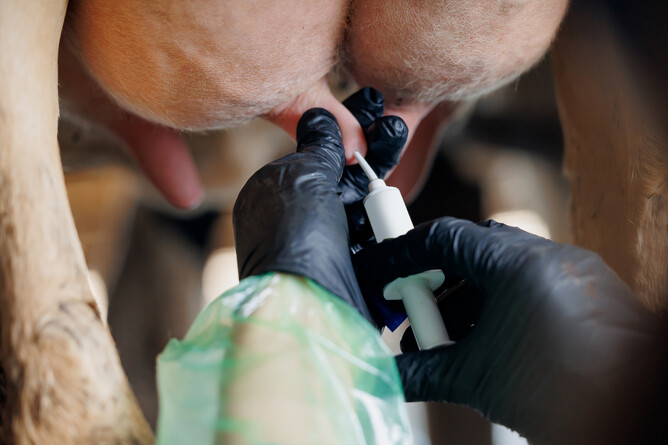Farmers across New Zealand are turning to teat sealing as a key strategy to protect the health and productivity of their replacement heifers.
Teat sealing has become an increasingly popular and effective method to reduce the risk of clinical and subclinical mastitis in heifers.
Heifers are particularly vulnerable to mastitis before they even enter the milking herd. Studies show that up to 50% of heifers may already have a teat infection at calving, often caused by environmental bacteria like Streptococcus uberis. These early infections can impact future milk production and increase somatic cell counts, affecting both animal welfare and farm profitability.
Teat sealing involves the application of a non-antibiotic bismuth-based sealant into the teat canal. This physical barrier mimics a cow’s natural keratin plug, preventing bacteria from entering the udder in the weeks before calving.
Key benefits:
Reduces mastitis at calving, by preventing infections from establishing before lactation begins.
Improves lifetime udder health, as heifers with fewer mastitis cases early on tend to have better lifetime performance.
Better milk quality and lower cell counts, leading to fewer penalties and a stronger start to lactation.
With clear benefits to udder health, milk production, and overall herd performance, teat sealing is a practice well worth considering this season.
Get in touch with us now to book your heifers in for teat sealing, if you haven’t already – you won’t regret it!

